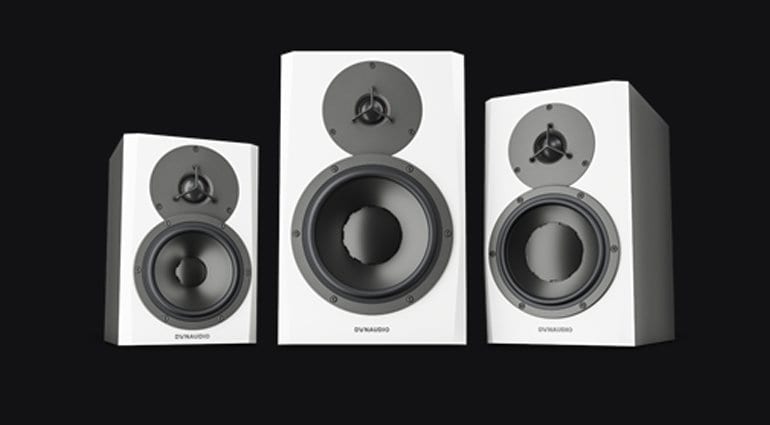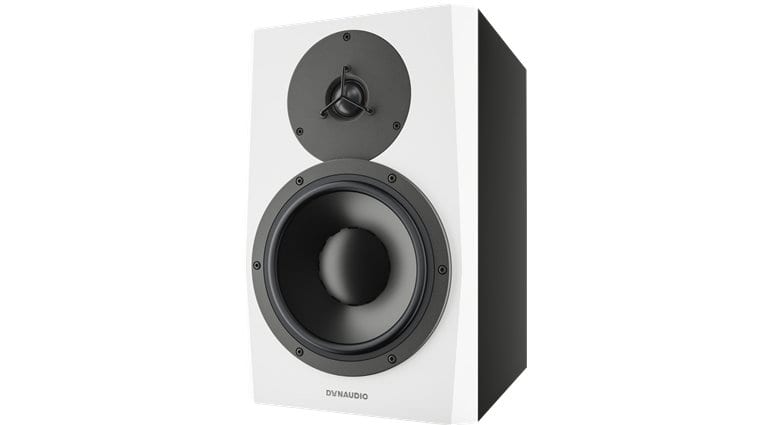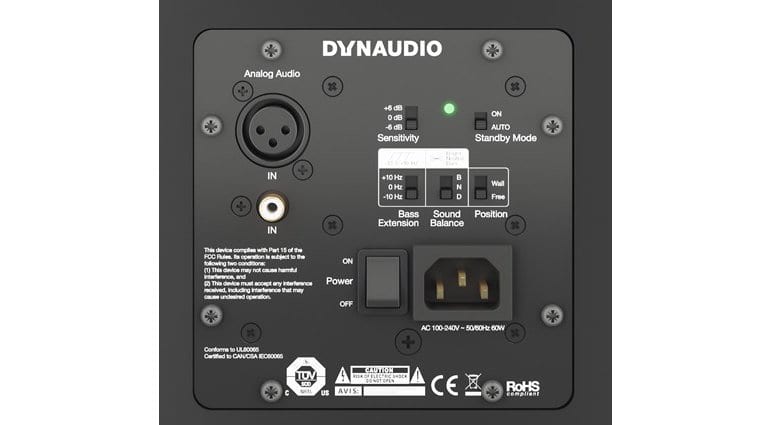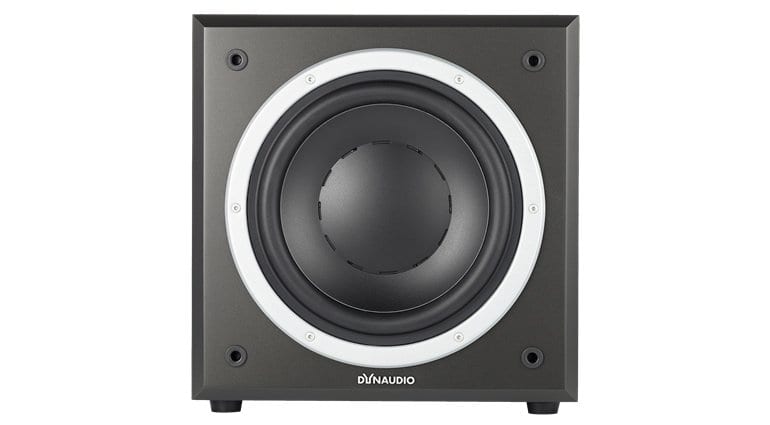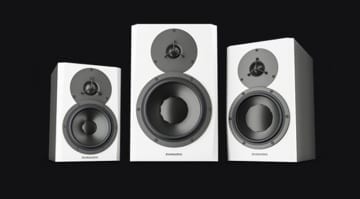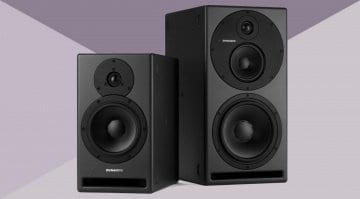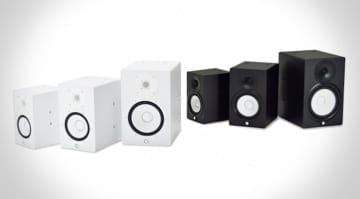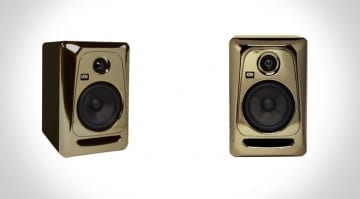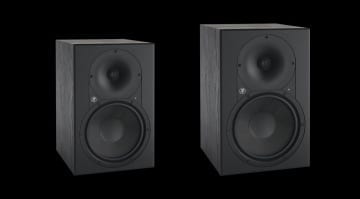Dynaudio’s LYD Personal Monitors: Room for reservations?
I started out in a studio that used Dynaudio BM15 monitors, arguably the most widely recognised monitors Dynaudio ever made. Many professionals still swear by them and fortunately they continue to manufacture these classics. I obviously still love these monitors and I am always happy to see them on my travels. Dynaudio have a strong reputation in the industry with many of my colleagues and peers closely associated with this established company. Built in Denmark, these new ‘personal reference monitors’ should be the obvious next step for Dynaudio, but I’m afraid there are a few areas that I’m left feeling concerned about.
As more and more of us work in smaller facilities and the home recording market being stronger than ever, the choice of budget professional monitors is endless. Dynaudio are possibly late in joining the party, but hopefully their new LYD product line was worth the wait. Seen last week at Musikmesse, they unsuprisingly captured much attention and units will hopefully be shipping next month.
There are a lot of good points to mention about these new monitors. Firstly, there’s the range of units to be offered, from a satellite with a 5″ woofer to an 8″ model, complimented with a choice of two available subs. With a smart white finish, the drivers have clearly had a lot of attention spent on them including an allegedly unique ‘vented pole’ system for their own ‘Magnesium Silicate Polymer’ cone. With all the components manufactured in their own factory, Dynaudio clearly have a hand on all aspects that makes these monitors, hopefully aiding their performance. Dynaudio certainly have enough experience to draw from, and for this reason alone I’d love to hear a pair soon.
Unfortunately there are some areas that I don’t believe have been explained clearly yet, which leave me feeling dubious. There is apparently some on-board DSP processing which has some interesting functions. As explained in the video below, there is a select switch for setting the amount of bass extension you need. Interestingly, by adding a larger bass extension there is a trade off with maximum SPL, which makes a lot of sense. What I don’t like is how severe this seems to be, and is only available in 3 set positions.
Somewhat more curiously, however, is a ‘position’ select switch. Apparently you can tell the DSP if the monitors are near a wall or not, and it will compensate for the acoustic influence the wall has on the low frequencies. This seems very odd and with little explanation it doesn’t fill me with much confidence. What’s it doing? This form of DSP doesn’t appear to be as advanced as some new technologies being developed by other brands. I think this is disappointing when you compare these with recent products from the likes of Genelec.
The prices for these new monitors do feel in line with the current market, where a single LYD 8 costs around 550 GBP, and a LYD 5 only 400 GBP. I remain reserved about these monitors but would love to learn more and hear a pair from this notable manufacture.
More Information: http://www.dynaudio.com/professional-audio/personal-reference-monitors/
Here’s a YouTube video from Dynaudio’s own channel, with the Product Manager Sebastian Rodens explaining the concept behind LYD. Considering the profile of Dynaudio and their experience manufacturing professional monitors for years, this video doesn’t fill me with much confidence either. It looks very much like a mass production line, see for yourself:
You are currently viewing a placeholder content from YouTube. To access the actual content, click the button below. Please note that doing so will share data with third-party providers.

 3,7 / 5,0 |
3,7 / 5,0 | 